Generative AI is reshaping the Artificial Intelligence space with its ability to accelerate the rate of knowledge acquisition. Things are changing rapidly, and so are the customers’ expectations. Now, everybody wants answers to their questions, and issues get resolved quickly and with utmost accuracy. To meet these expectations, businesses must rethink how they handle information, especially when it comes to extracting and analyzing data from documents.
However, document extraction is a time-consuming, repetitive, and error-prone process that could get really boring when done manually. For this, artificial intelligence (AI) is automating the document processing to make it more efficient and accurate. This is ultimately powering innovations in smart routing, self-service portals (SSPs), and agent assistance to improve customer experiences.
In a world where everything is driven by technology, every device, transaction, and digital interaction produces massive amounts of data. According to a report from Statista, the volume of data/information created, captured, copied, and consumed globally was 149 zettabytes (1 ZB = 1,099,511,627,776 GB) in 2024. This figure of global data creation is projected to cross over 394 zettabytes by the year 2028. So, how can we understand and utilize this growing data? This is where Generative AI demonstrates its great potential. This article focuses on generative AI applications for document extraction and explains how this technology streamlines your data requirements.
What Is Generative AI?
Generative AI, also called “Gen AI,” is a new branch of artificial intelligence that uses algorithms to create original content, such as texts, images, songs, videos, or even code, based on its training data. Unlike traditional AI models that operate under a predefined set of guidelines, Gen AI derives its algorithms from patterns contained within extensive datasets, enabling it to generate original content. This unique ability of Gen AI to craft fresh content makes it more flexible and versatile than traditional AI.
A few popular examples of Gen AI development platforms include ChatGPT, DeepSeek, and BARD, all of which use modern techniques such as neural networks, machine learning (ML), natural language processing (NLP), and large language models (LLMs).
Gen AI excels at summarizing, answering queries, generating custom content, etc. It recognises patterns, which improve fraud detection and data analysis. Gen AI is changing the way humans interact with machines, enhancing the speed and efficiency of carrying out day-to-day tasks. It has the potential to emulate human intelligence and innovation, which is why everyone is so excited about modern technology.
How Does Generative AI Work?
Generative AI incorporates different development techniques, like natural language processing (NLPs) and large language models/short language models (LLMs/SLMs), which are proficient at simulating human speech. Such applications often rely on foundational models (FMs), which are deep learning-based AI systems. Consider them a training ground where the AI learns and analyzes large datasets of information.
Simply put, AI operates on the principles of algorithms and creates new content, like texts, images, audio, etc. However, the only catch here is that everything is created based on pre-existing materials. The generative AI application for document extraction is based on neural networks and complex algorithms. Here is a simplified process of how generative AI works:
- Data Pre-Processing: Raw text data is cleaned and organized for further analysis.
- Model Training: A generative AI model undergoes training from a large dataset to familiarize itself with structures and language within the data
- Document Analysis: The model processes documents either by deriving crucial pieces of information or producing new content based on existing data
- Output: The user receives original content, reports, translations, or summaries based on their request
The Role of Generative AI in Document Extraction: Benefits & Applications
Generative AI in document extraction takes an innovative approach by using artificial intelligence to analyze and auto-generate content in textual formats. It employs Natural Language Processing (NLP) and Machine Learning (ML) algorithms to understand, create, summarize, and even auto-generate documents. This technology has the potential to revolutionize management, analysis, and data-driven decision-making capabilities.
Gen AI is a new phenomenon that has caught up quickly in document extraction and analysis due to its capabilities of optimizing and automating document-related processes. From extracting crucial insights from research papers to summarizing long-form legal documents, generative AI is proving to be a game-changer.
5 Benefits of Generative AI in Document Extraction
Data extraction and analysis isn’t just about extracting information from a document and displaying it on the computer screen; this is about having critical information available and secured— this is about managing business data— this is about maintaining uniformity! Generative AI frees people from doing repetitive work. Here are 5 more benefits of Gen AI in document extraction:
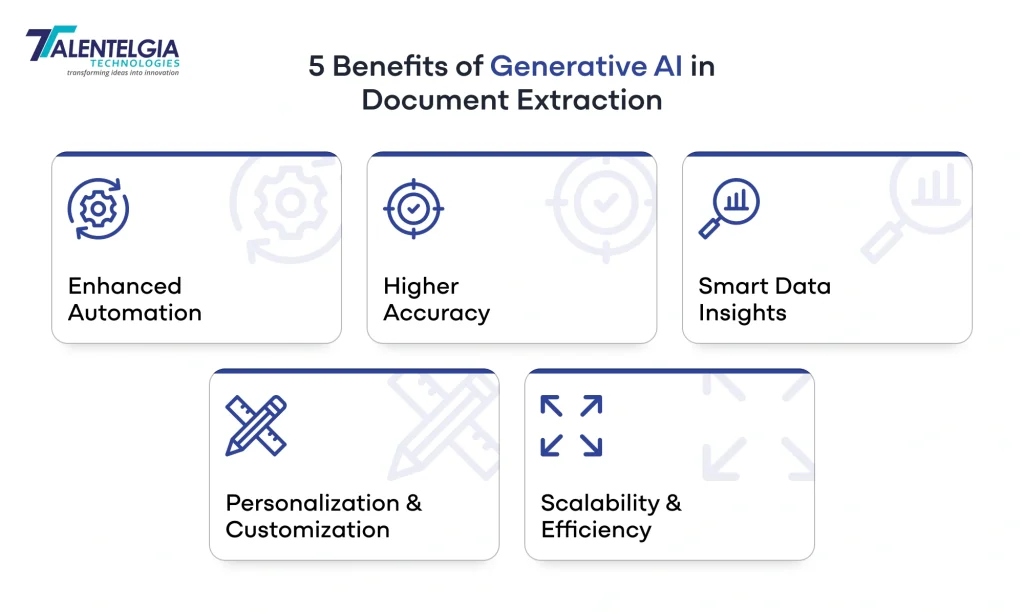
1. Enhanced Automation
Generative AI goes a step further in the field of automation, as it not only extracts data but also analyses and understands it. There is no longer a requirement for manual rule enforcement or ongoing human monitoring. This enables companies to effortlessly manage massive amounts of documents while enhancing speed and minimizing errors in monotonous workflows.
2. Higher Accuracy
Unlike traditional AI models, which rely on fixed templates that often lead to document misinterpretation and misclassification, Gen AI recognizes context and language similarities. It differentiates between near-synonyms, understands structural differences, and retains high accuracy when documents do not conform to standardized templates or “expected” formats. This enhances reliability and mitigates costly errors.
3. Smart Data Insights
Generative AI goes beyond data extraction and processes the analyzed data into valuable insights. It recognizes trends and patterns, summarizes relevant information, and draws attention to the anomalies that are almost impossible for humans to detect. This allows companies to have a more thorough understanding of data deep within their structures, enabling them to make more informed decisions.
4. Personalization & Customization
Generative AI considers user history and analyzes past data to deliver personalized experiences that optimize user satisfaction and ultimately foster long-term benefits. Gen AI models can be trained to customize business needs, document types, or industry standards. The system can be adjusted to interpret data correctly for legal contracts, financial reports, or healthcare records. This optimization will make the user’s outcomes more relevant.
5. Scalability & Efficiency
With the ever-increasing volume of data, Gen AI scales effortlessly without compromising performance. It can process hundreds or even millions of documents, all while retaining speed and accuracy as it adapts to new formats and data sources. This accelerated adaptability enables businesses to meet demand without having to expand their workforce.
5 Real-World Generative AI Applications for Document Extraction
Generative AI seems to be the latest trend helping multiple industries solve their document extraction needs. So let’s explore the wide range of generative AI applications for document extractions in various industries:

1. Education
Generative AI can provide insights related to students’ performance and engagement based on their survey data and other assessments. Gen AI analyzes students’ records, academic papers and scores, and past assignments to help customize learning experiences and admission processes. Educators can make considerable improvements in teaching methods to address specific needs at the most basic level, thereby guaranteeing the attention each student needs for their desired goals.
2. Healthcare
With the help of Gen AI, all forms of text, like Electronic Health Records (EHRs), can be analyzed using Natural Language Processing (NLP). It analyzes the extremely vital information that assists doctors in providing accurate and updated diagnoses, as well as other relevant treatment options, especially for complex cases. Gen AI also automates the clinical documentation processes of compiling reports, such as discharge summaries and EHRs. It can scan notes from the physicians, patient history files, as well as the diagnostic files, to create a structured report.
3. Legal
In the legal field, Gen AI automates the retrieval of information from legal contracts and documents. Its relevance tracking capabilities make document management easier than ever before. Due to the enhanced technology, legal work that was traditionally steeped in heaps of paperwork has now become a fast-paced, strategic, and agile process. Attorneys no longer need to spend excessive time and effort searching for information; instead, they can concentrate more on winning legal battles.
4. Finance
In the ever-changing financial sector landscape, accuracy is the key! However, the lack of a specific structure makes data extraction difficult. Fortunately, generative AI simplifies the extraction of documents, invoices, bank statements, transaction details, and investment reports. It systematically extracts crucial information like payment amounts and deadlines. This leads to improved workflow and less processing time, which results in fewer manual errors and more time for financial analysts to strategize their work.
5. Retail
Customer reviews and purchase histories can generate a flood of unstructured data for retailers. Generative AI brings order to this chaos. Retailers use Gen AI to analyze supplier contracts, order documents, inventory records, and even customer feedback. It helps reveal trends in customer preferences and identifies top-performing products. It assists in forming crucial insights concerning product trends, delivery issues, and compliance requirements. With these insights, retailers can manage inventory more efficiently and develop marketing strategies designed around customer retention.
How Is Generative AI Different from Traditional AI?
Generative AI models like ChatGPT, BARD, and DeepSeek undergo a rigorous training process to improve the quality of outcomes. One example of such a training model involves feeding it massive amounts of data so it can analyze and learn from it. Unlike traditional AI models that function by identifying and categorizing data, Gen AI goes a step further by being able to create fresh content that adheres to the structures and features of the dataset.
Gen AI models continuously improve their ability to create high-quality and valuable content by optimizing the parameters and minimizing the gap between desired outputs. From a quick customer service reply to a full-fledged narrative, the results generated are almost indistinguishable from human-crafted content. For better understanding, let’s study the differences between traditional AI and Generative AI systems, as per the factors that contribute to their popularity in document processing and extraction:
| Feature | Traditional AI | Generative AI |
|---|---|---|
| Data Processing | Processes structured or semi-structured data (eg, spreadsheets, databases) | Processes both structured and unstructured data (eg, text, images, audio, PDFs) |
| Learning Approach | Trained on labelled datasets with specific task-focused learning | Learns from vast, diverse datasets using unsupervised or semi-supervised methods like reinforcement learning |
| Output Format | Generates structured outputs (eg, yes/no, numbers, categories, tags) | Produces human-language (eg, texts, images, codes, summaries, or insights) |
| Document/Data Extraction | Limited to pre-defined fields or formats | Extract, understand, and rewrite information from complex documents |
| Efficiency | Efficient for specified tasks, but may struggle with processing complex or unclear data | Efficient for complex tasks, highly adaptable, handles multiple document types and volumes of unstructured data |
| Accuracy | Depends on the quality and quantity of pre-defined data | Learns contexts and nuance for higher accuracy, especially when trained on large datasets |
Future of Generative AI Application in Data Extraction
The evolving shift towards digital transformations, competitive pressure, data complexity, and customer expectations doesn’t seem to diminish anytime soon. The potential and opportunities that new generative technologies offer in knowledge management systems make this field of research very advanced and exciting.
Although Gen AI potentially helps extract textual information from documents, it still struggles with numerous obstacles. These include errors due to OCR (Optical Character Recognition) processing and text extraction issues when it comes to images within reports. However, emerging technologies such as multimodal data processing and extensions of token limits in models like GPT-4, Claud3, and Gemini provide several paths forward.
Thus, combining human minds with Generative AI will redefine our relationship with artificial intelligence concepts and spark a new age that will accomplish profound changes in the future.
Conclusion
As already discussed in this article, using generative AI applications for document extraction is transforming various industrial operations. So if you’re looking to use the value hidden in your data to its fullest potential, Talentelgia is here to guide you. Say goodbye to complex formats and manual entry, as with our innovative AI integration services, data extraction is effortless.
Furthermore, our Generative AI development services are accurately customized according to your business requirements, so you do not have to worry about data security.


 Healthcare App Development Services
Healthcare App Development Services
 Real Estate Web Development Services
Real Estate Web Development Services
 E-Commerce App Development Services
E-Commerce App Development Services E-Commerce Web Development Services
E-Commerce Web Development Services Blockchain E-commerce Development Company
Blockchain E-commerce Development Company
 Fintech App Development Services
Fintech App Development Services Fintech Web Development
Fintech Web Development Blockchain Fintech Development Company
Blockchain Fintech Development Company
 E-Learning App Development Services
E-Learning App Development Services
 Restaurant App Development Company
Restaurant App Development Company
 Mobile Game Development Company
Mobile Game Development Company
 Travel App Development Company
Travel App Development Company
 Automotive Web Design
Automotive Web Design
 AI Traffic Management System
AI Traffic Management System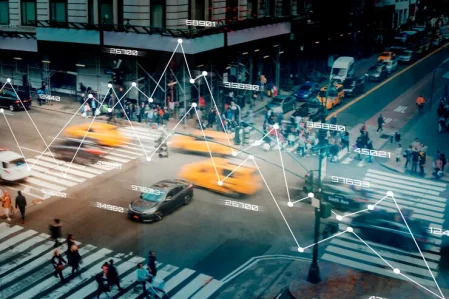
 AI Inventory Management Software
AI Inventory Management Software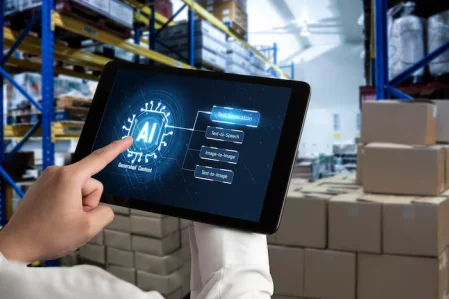
 AI Software Development
AI Software Development  AI Development Company
AI Development Company  AI App Development Services
AI App Development Services  ChatGPT integration services
ChatGPT integration services  AI Integration Services
AI Integration Services  Generative AI Development Services
Generative AI Development Services  Natural Language Processing Company
Natural Language Processing Company Machine Learning Development
Machine Learning Development  Machine learning consulting services
Machine learning consulting services  Blockchain Development
Blockchain Development  Blockchain Software Development
Blockchain Software Development  Smart Contract Development Company
Smart Contract Development Company  NFT Marketplace Development Services
NFT Marketplace Development Services  Asset Tokenization Company
Asset Tokenization Company DeFi Wallet Development Company
DeFi Wallet Development Company Mobile App Development
Mobile App Development  IOS App Development
IOS App Development  Android App Development
Android App Development  Cross-Platform App Development
Cross-Platform App Development  Augmented Reality (AR) App Development
Augmented Reality (AR) App Development  Virtual Reality (VR) App Development
Virtual Reality (VR) App Development  Web App Development
Web App Development  SaaS App Development
SaaS App Development Flutter
Flutter  React Native
React Native  Swift (IOS)
Swift (IOS)  Kotlin (Android)
Kotlin (Android)  Mean Stack Development
Mean Stack Development  AngularJS Development
AngularJS Development  MongoDB Development
MongoDB Development  Nodejs Development
Nodejs Development  Database Development
Database Development Ruby on Rails Development
Ruby on Rails Development Expressjs Development
Expressjs Development  Full Stack Development
Full Stack Development  Web Development Services
Web Development Services  Laravel Development
Laravel Development  LAMP Development
LAMP Development  Custom PHP Development
Custom PHP Development  .Net Development
.Net Development  User Experience Design Services
User Experience Design Services  User Interface Design Services
User Interface Design Services  Automated Testing
Automated Testing  Manual Testing
Manual Testing  Digital Marketing Services
Digital Marketing Services 
 Ride-Sharing And Taxi Services
Ride-Sharing And Taxi Services Food Delivery Services
Food Delivery Services Grocery Delivery Services
Grocery Delivery Services Transportation And Logistics
Transportation And Logistics Car Wash App
Car Wash App Home Services App
Home Services App ERP Development Services
ERP Development Services CMS Development Services
CMS Development Services LMS Development
LMS Development CRM Development
CRM Development DevOps Development Services
DevOps Development Services AI Business Solutions
AI Business Solutions AI Cloud Solutions
AI Cloud Solutions AI Chatbot Development
AI Chatbot Development API Development
API Development Blockchain Product Development
Blockchain Product Development Cryptocurrency Wallet Development
Cryptocurrency Wallet Development About Talentelgia
About Talentelgia  Our Team
Our Team  Our Culture
Our Culture 
 Healthcare App Development Services
Healthcare App Development Services Real Estate Web Development Services
Real Estate Web Development Services E-Commerce App Development Services
E-Commerce App Development Services E-Commerce Web Development Services
E-Commerce Web Development Services Blockchain E-commerce
Development Company
Blockchain E-commerce
Development Company Fintech App Development Services
Fintech App Development Services Finance Web Development
Finance Web Development Blockchain Fintech
Development Company
Blockchain Fintech
Development Company E-Learning App Development Services
E-Learning App Development Services Restaurant App Development Company
Restaurant App Development Company Mobile Game Development Company
Mobile Game Development Company Travel App Development Company
Travel App Development Company Automotive Web Design
Automotive Web Design AI Traffic Management System
AI Traffic Management System AI Inventory Management Software
AI Inventory Management Software AI Software Development
AI Software Development AI Development Company
AI Development Company ChatGPT integration services
ChatGPT integration services AI Integration Services
AI Integration Services Machine Learning Development
Machine Learning Development Machine learning consulting services
Machine learning consulting services Blockchain Development
Blockchain Development Blockchain Software Development
Blockchain Software Development Smart contract development company
Smart contract development company NFT marketplace development services
NFT marketplace development services IOS App Development
IOS App Development Android App Development
Android App Development Cross-Platform App Development
Cross-Platform App Development Augmented Reality (AR) App
Development
Augmented Reality (AR) App
Development Virtual Reality (VR) App Development
Virtual Reality (VR) App Development Web App Development
Web App Development Flutter
Flutter React
Native
React
Native Swift
(IOS)
Swift
(IOS) Kotlin (Android)
Kotlin (Android) MEAN Stack Development
MEAN Stack Development AngularJS Development
AngularJS Development MongoDB Development
MongoDB Development Nodejs Development
Nodejs Development Database development services
Database development services Ruby on Rails Development services
Ruby on Rails Development services Expressjs Development
Expressjs Development Full Stack Development
Full Stack Development Web Development Services
Web Development Services Laravel Development
Laravel Development LAMP
Development
LAMP
Development Custom PHP Development
Custom PHP Development User Experience Design Services
User Experience Design Services User Interface Design Services
User Interface Design Services Automated Testing
Automated Testing Manual
Testing
Manual
Testing About Talentelgia
About Talentelgia Our Team
Our Team Our Culture
Our Culture
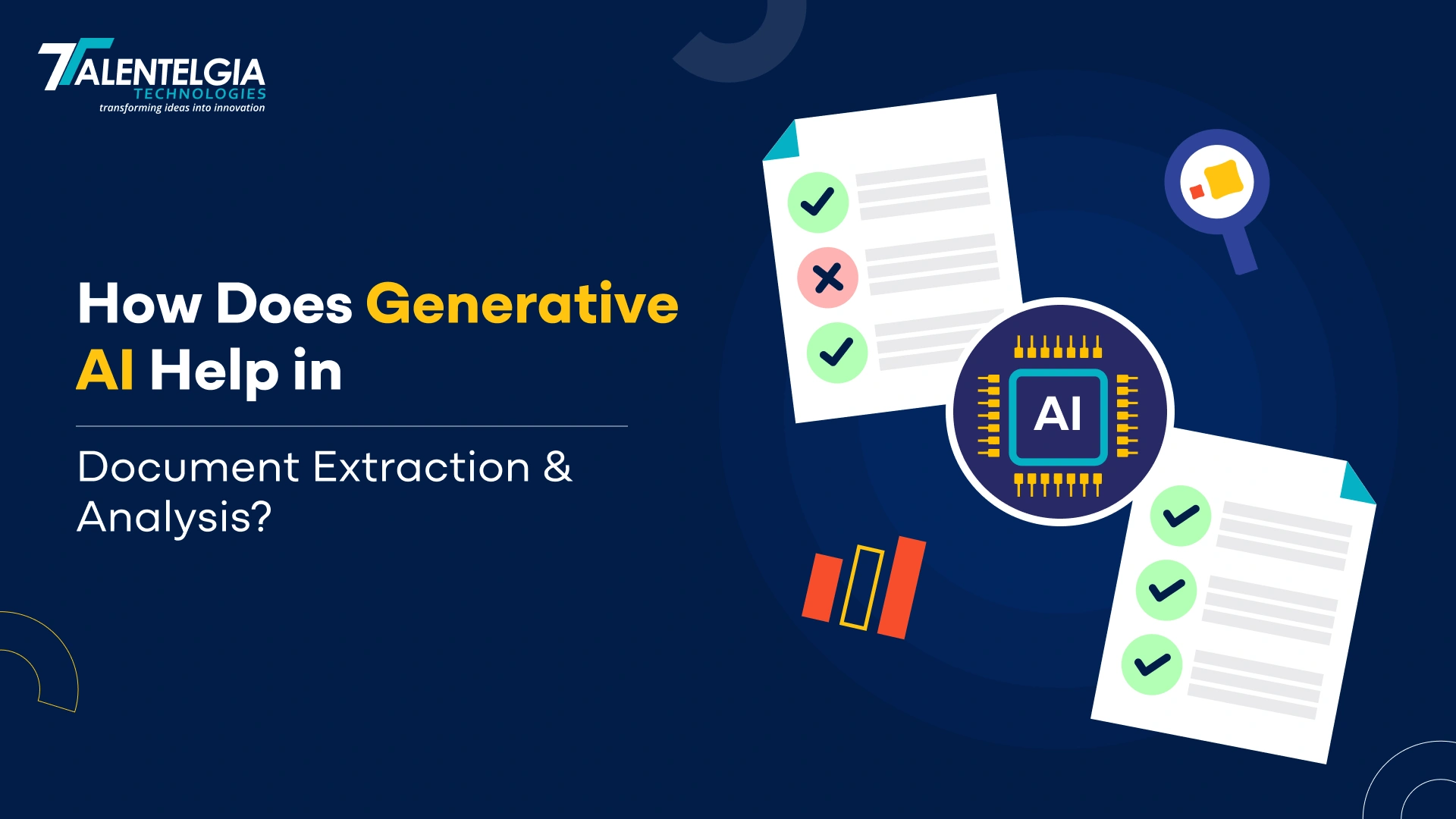

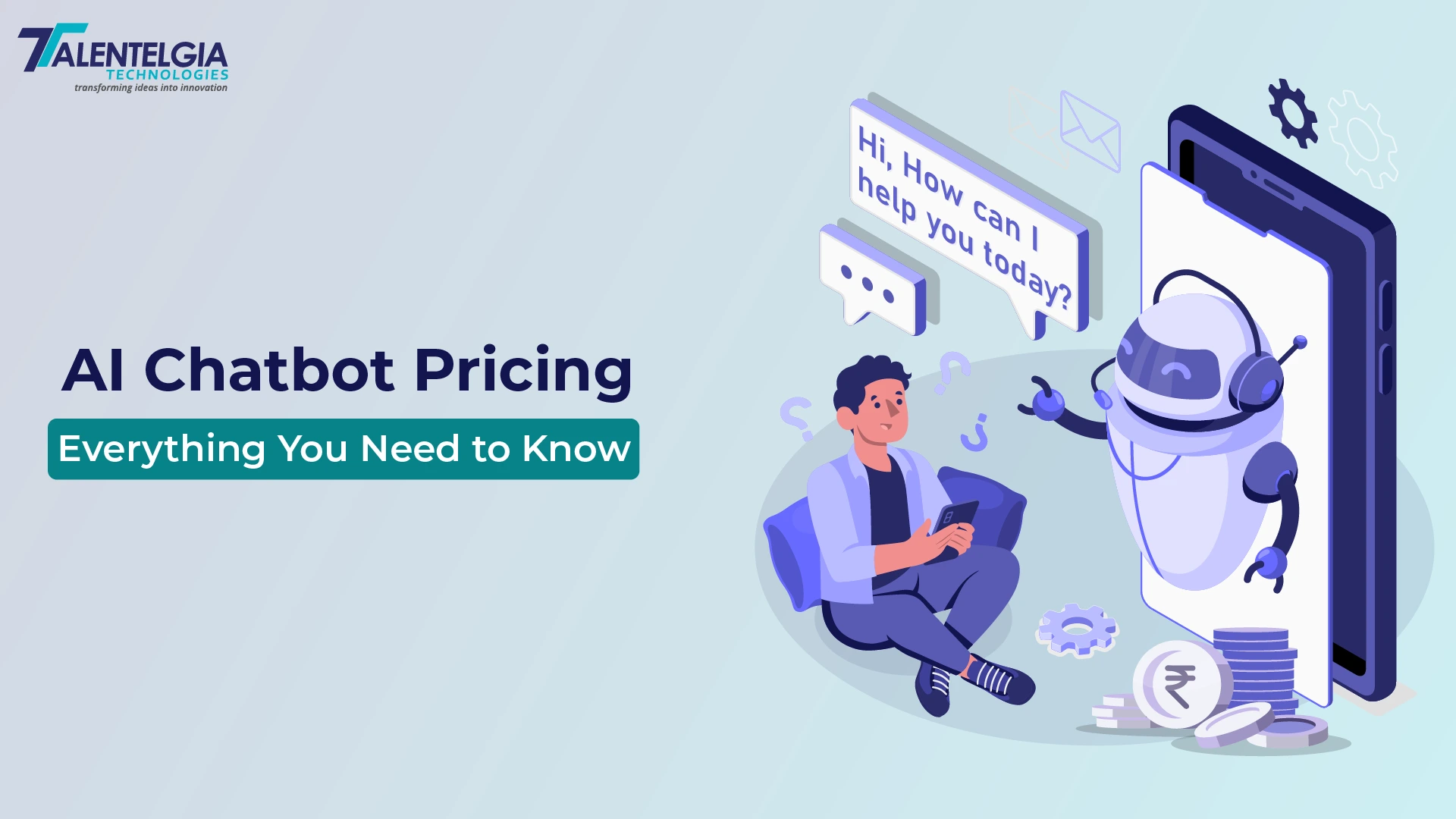

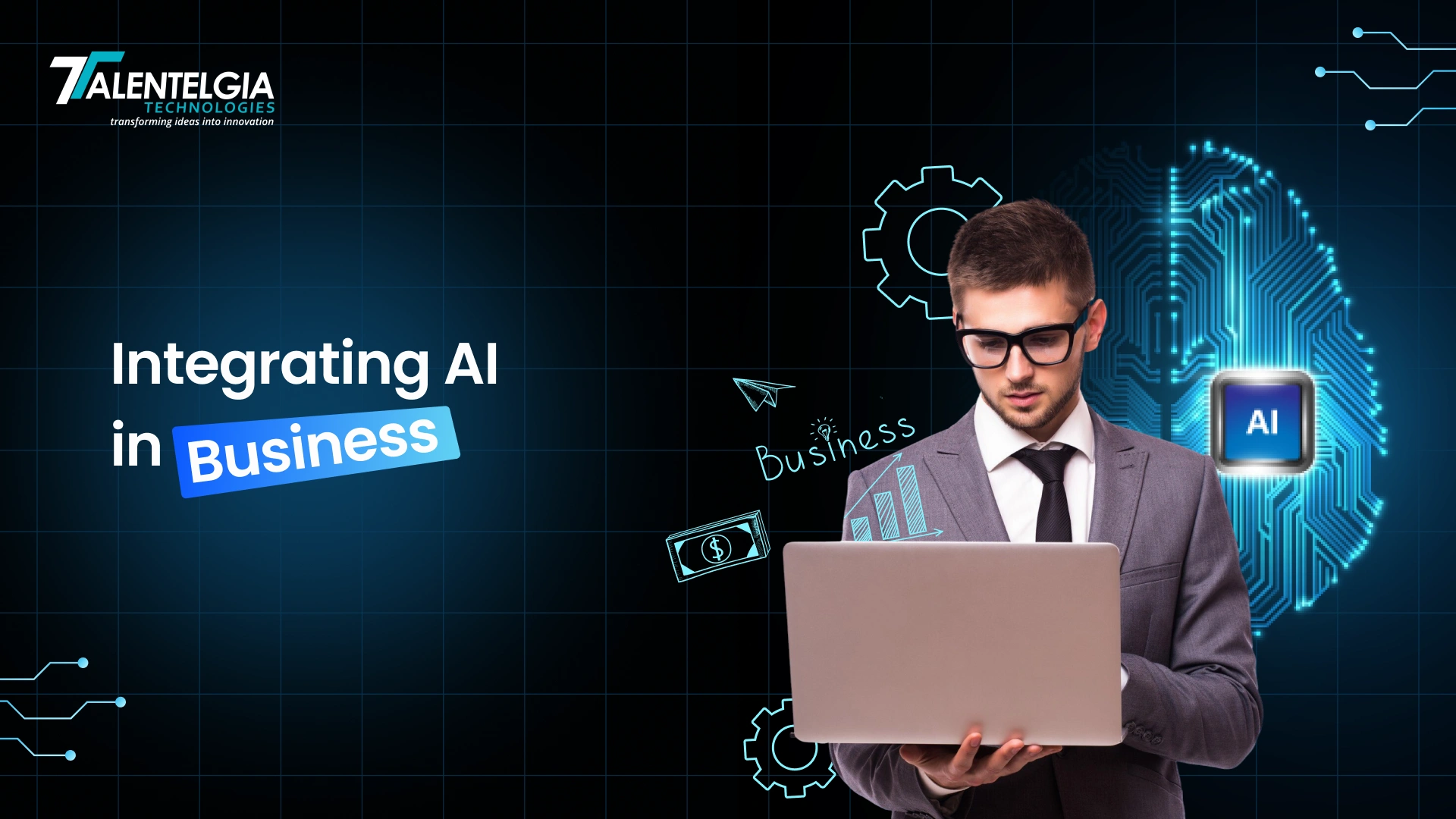
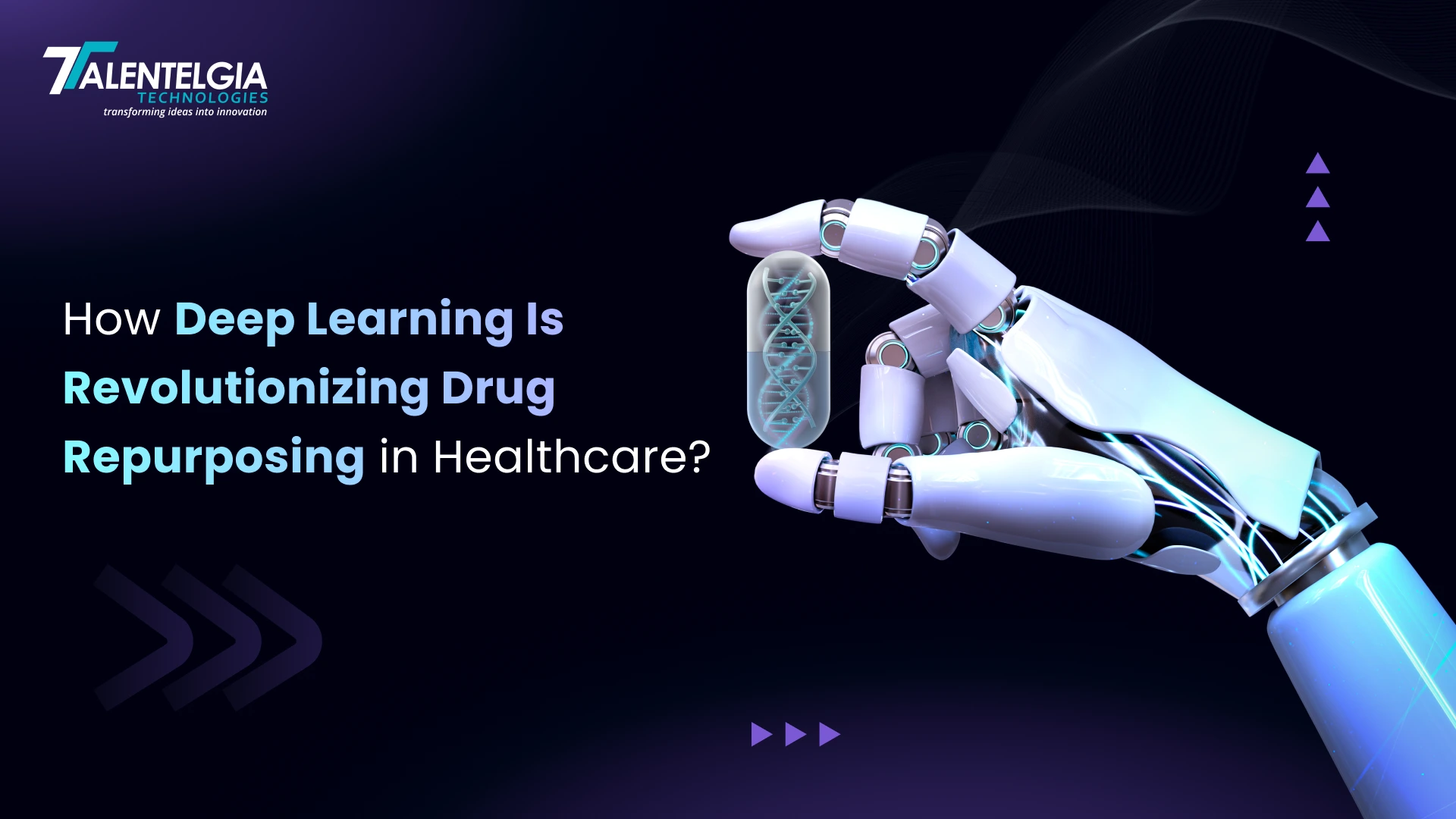












 Write us on:
Write us on:  Business queries:
Business queries:  HR:
HR: 




